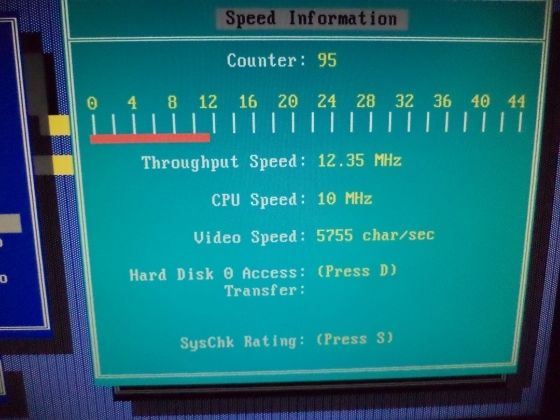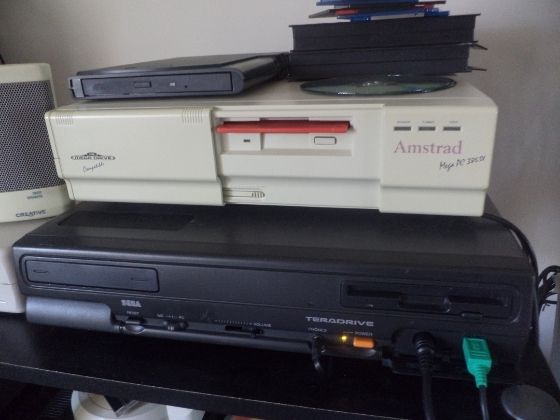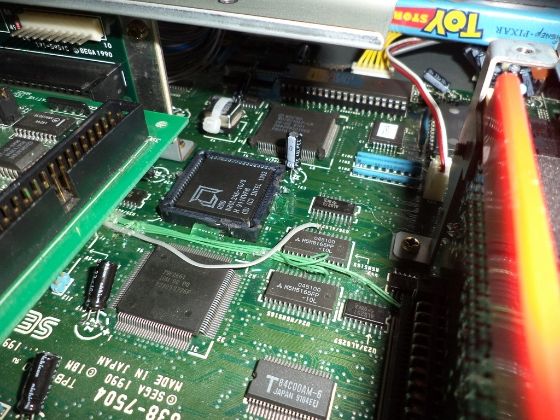Thanks for the replies.
I wonder to what extent the PC side interacts with the Sega MegaDrive side other than for the Puzzle Construction program. I took a look at the datasheets of the nearby PC Ic's such as the Western Digital WD76C10LP system controller, and I'm pretty sure this chipset uses the same OSC. , but can also handle up to 25mhz speeds.
HighTreason wrote:Thought about doing this with mine before now, and built a 386 instead.
I though of that as well, but I'm just going to keep everything 16 Bit.
carlostex wrote:
Looking at a complete picture of the board, there is a 14.31318MHz osci which was standard in the IBM PC architecture, so i think it is quite safe to say the system bus will use this osci.
If you can do SMD precision soldering, then you can try to solder a new CPU or better yet, a socket. A 20MHz 286 will be fast enough for a lot of DOS games.
Yes, there's a 14.318Mhz OSC, and there is also a 48Mhz xtal nearby. The MD side seems to be covered with the common NTSC 53.6931Mhz Master CLK OSC.
My idea is to go with a CPU socket, then use the N80L286-16/S and replace the 20.000MHz OSC for a 32.000Mhz one.
HighTreason wrote:
I'd have to take the time to look closely, but my concern would be the MC68K using the same Oscillator, it shouldn't though, there should be a 53MHz one for the Mega Drive side - if there is it should be wired similarly to a regular Mega Drive leaving you free to tamper with the PC side without affecting it.
As of right now I'm only going by pics, once I get into the PC and take it apart I'm going to trace everything to make sure. Speaking of the MC68K, the one in the Teradrive also seems to be rated at 10Mhz, which its kind of unusual for a MD, but I really hope it is wired just as in a Sega MD.




